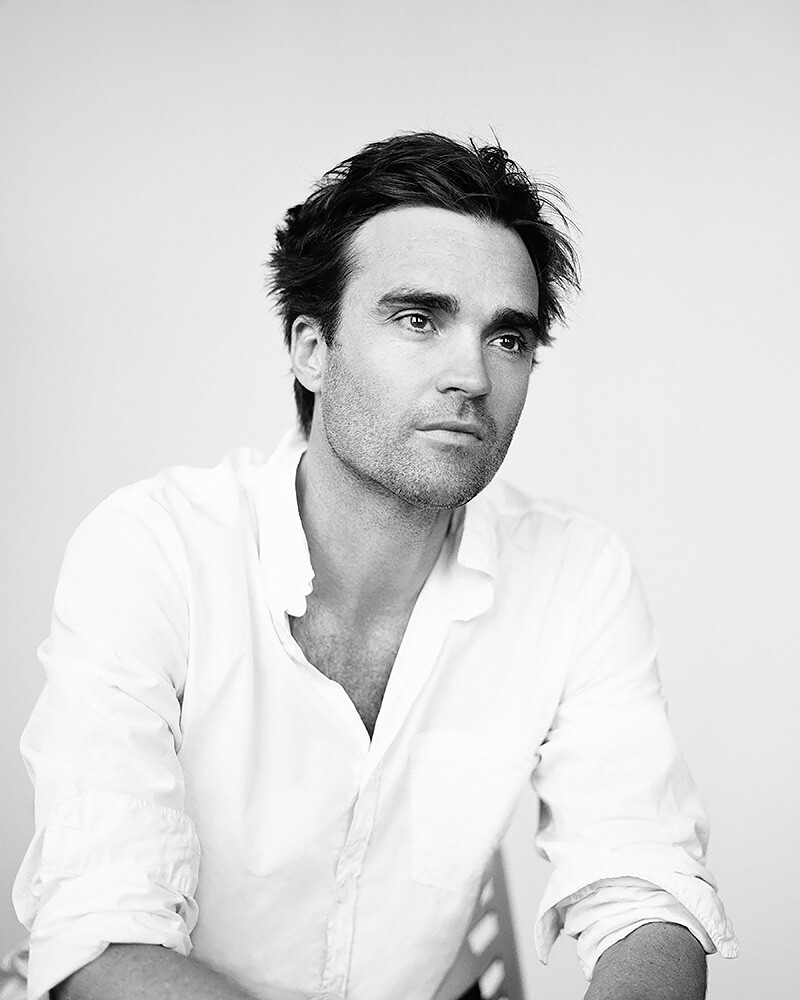George Byrne creates large-scale photographs that depict everyday surfaces and landscapes as painterly abstractions. Borrowing from the clean, vivid clarity of modernist painting, he also references the New Topographics photography movement via a subject matter firmly entrenched in the urban every day.
Born in Sydney in 1976, Byrne graduated from Sydney College Of The Arts in 2001, travelled extensively, and then settled in Los Angeles in 2011 - where he now lives and works.
George's work resides in numerous international collections and he is represented by galleries in the USA, Canada, Australia, Taiwan, Norway and has his first solo show opening in Mumbai, India in September 2020.
More about Post Truth
Exclusive Interview
SYNTHETICA at Show Gallery
